Research in Mabuiag
Research in Mabuiag was undertaken by Flora Warrior. She is a direct descendant of Waria and has been researching a manuscript that he wrote for Haddon. She has close ties with many descendants of people recorded by Haddon and is an expert on local cultural protocols. She is a successful businesswoman who travels frequently around the Torres Strait.
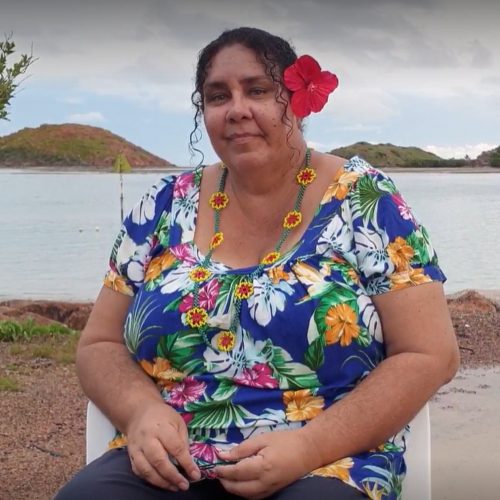
Recordings
Stella Warrior
Cairns, Queensland
19 March 2022
(3 minutes 09 seconds)
Stella Warrior is the great granddaughter of Chief Ned Waria, known as Panai Buai (Panai clan of Mabuiag Island). Stella is a clan elder of the Panai clan. Ned Waria was recorded by the Cambridge Expedition on cylinder C80/1041.
Nubuwa Yellub
Mabuiag Island, Torres Strait
19 March 2022
(32 seconds)
Nubuwa Yellub is a direct descendant of Tom Noboa, who was recorded by the Cambridge Expedition on cylinder C80/1040. The family refers to Tom Noboa as Nubuwa, and Nubuwa Yellub shares his name.
Historical Recordings
Flora Warrior researched the following cylinder recordings from the island of Mabuiag, from the Alfred Cort Haddon 1898 Expedition (Torres Strait and British New Guinea) Cylinder Collection (C80).
| British Library shelfmark | Recording title | Performer name | Recording location | Recording date | Content description | Performer description | Recording notes | Languages | Genre | Recordist | Recording length | Recording trip | Description of cylinder | Collection title | Cylinder location | Images of cylinder containers / documentation | Related print publication: | Related print publication: | Related print publication: | Related print publication: | Related print publication: | Related print publication: |
|---|---|---|---|---|---|---|---|---|---|---|---|---|---|---|---|---|---|---|---|---|---|---|
| C80/1040 | Mabuiag Speech | Unidentified (singer, male) | Mabuiag / Jervis Island, Torres Strait Islands | 3 October 1898 – 22 October 1898 | 1. Announcement: "[indecipherable] ..., Mabuiag". 2. Unaccompanied male vocal solo. Ray’s work on Mabuiag was based on material from Tom (Noboa), Ned (Waria) and Peter (Papi) (Ray 1907:7). | Reasonable quality recording but with weak signal and heavy surface noise. The recording date corresponds to the dates that Expedition members visited Mabuiag / Jervis Island. | Kala Lagaw Ya | Field recordings | Ray, Sidney H. | 1'57" | 1898 Cambridge Anthropological Expedition to Torres Straits | Brown wax cylinder. Metal cylinder case. | Alfred Cort Haddon 1898 Expedition (Torres Strait and British New Guinea) Cylinder Collection | British Library | 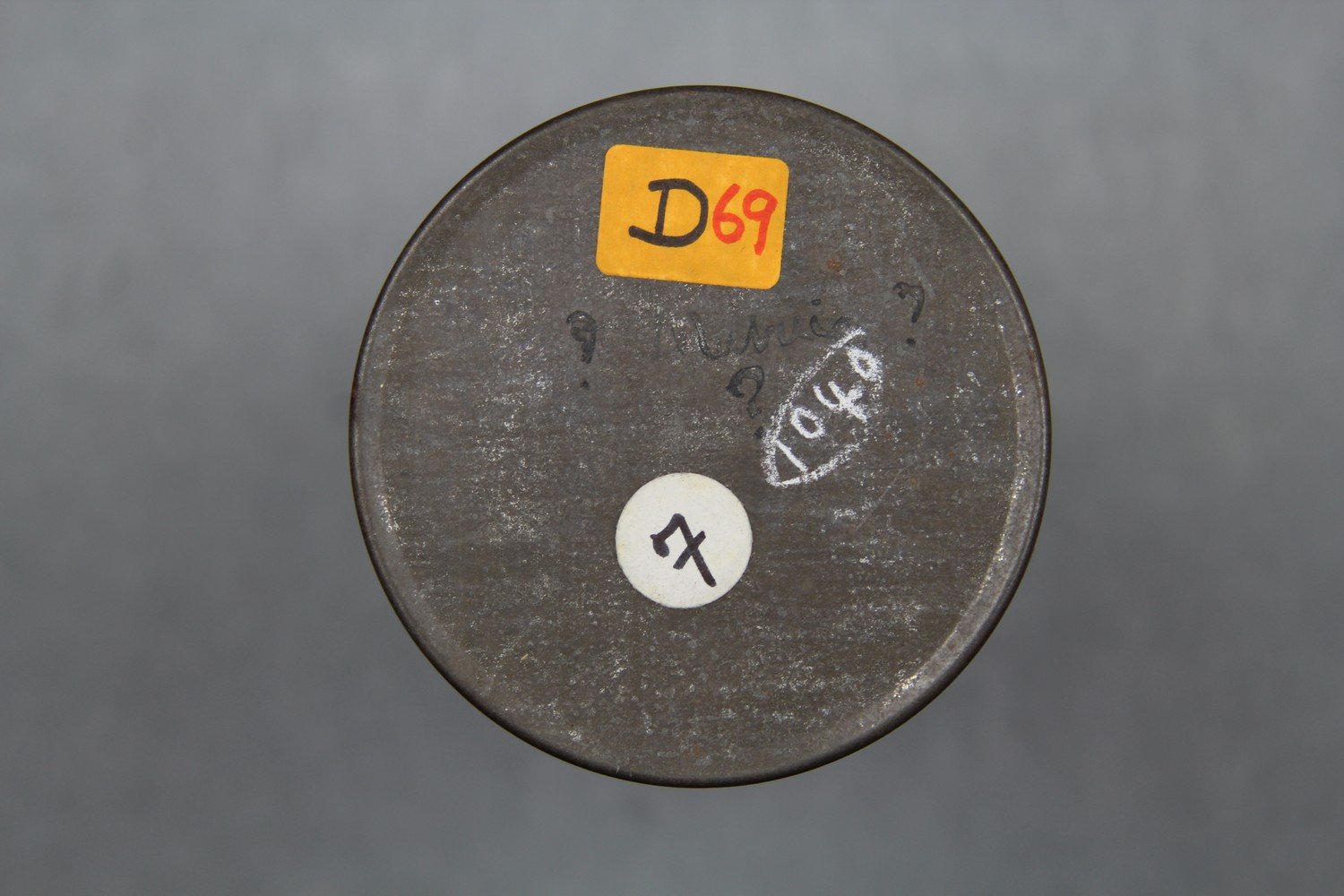      | Haddon, A.C. (ed.) 1907. Reports of the Cambridge Anthropological Expedition to Torres Strait: Volume III, The Languages of Torres Strait. Cambridge: Cambridge University Press. British Library shelfmark General Reference Collection YC.2011.b.631. | ||||||
| C80/1041 | Story of Amipuru | Waria (speaker, male) | Mabuiag / Jervis Island, Torres Strait Islands | 20 October 1898 ? | 1. Announcement: "Amipurungu amaik. Story told by Waria. Mabuiag". 2. Solo male speech. Inscription on inserts: 'Amipurungu umaik / Story told by Waria / Mabuiag' and ‘Prayer – Mamus / of Mabuiag’. This second insert may be from C80/1059. Ray obtained this account from Waria (1907:190). A transcription and translation of the story exists in Vol III of the Cambridge Reports (Ray 1907:220). Waria's original manuscript is part of the Haddon Papers held at Cambridge University Library. A digitised version is also available online via Trove (Series 1000-1999, File 1046, http://nla.gov.au/nla.obj-1263136977). Ray recorded songs on Mabuiag, Yam and Saibai (Myers 1912:261) | Reasonable quality recording. Ray mentions his work with Waria in journal entries dated 17, 19 and 20 October (1898:89-90). He notes that Waria wrote the story of Amipuru on 20 October 1898. | Kala Lagaw Ya | Field recordings | Ray, Sidney H. | 2'38" | 1898 Cambridge Anthropological Expedition to Torres Straits | Brown wax cylinder. Metal cylinder case. | Alfred Cort Haddon 1898 Expedition (Torres Strait and British New Guinea) Cylinder Collection | British Library |  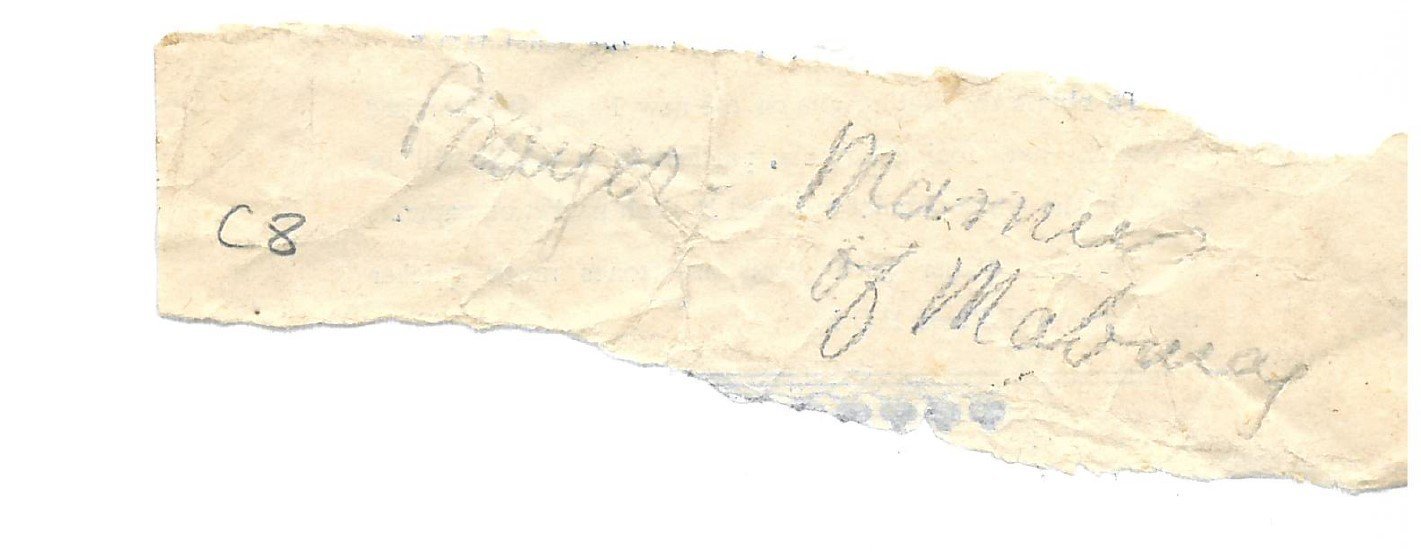     | Haddon, A.C. (ed.) 1907. Reports of the Cambridge Anthropological Expedition to Torres Strait: Volume III, The Languages of Torres Strait. Cambridge: Cambridge University Press. British Library shelfmark General Reference Collection YC.2011.b.631. | Ray, S.H. 1898-99. Journal: Torres Straits Expedition 1898-99. [manuscript] Copies of journals and correspondence of Sidney Herbert Ray. MS 380314. London: SOAS Library. | |||||
| C80/1059 | Prayer Mamus | Nomoa (speaker, male, Mamoose of Mabuiag) | Mabuiag / Jervis Island, Torres Strait Islands | 16 October 1898 ? | 1. Announcement: "Prayer, [indecipherable]..." 2. Solo male speech. No further information available. C80/1041 may have the insert that is meant for this cylinder. The cylinder inscription suggests the performer is the Mamoose of Mabuiag, Nomoa. | Reasonable quality recording but with weak signal and surface noise. Ray describes recording Mamus Nomoa in his journal on 16 October 1898 (1898:89). | Kala Lagaw Ya | Field recordings | Ray, Sidney H. | 2'10" | 1898 Cambridge Anthropological Expedition to Torres Straits | Brown wax cylinder. Cardboard cylinder case. | Alfred Cort Haddon 1898 Expedition (Torres Strait and British New Guinea) Cylinder Collection | British Library | 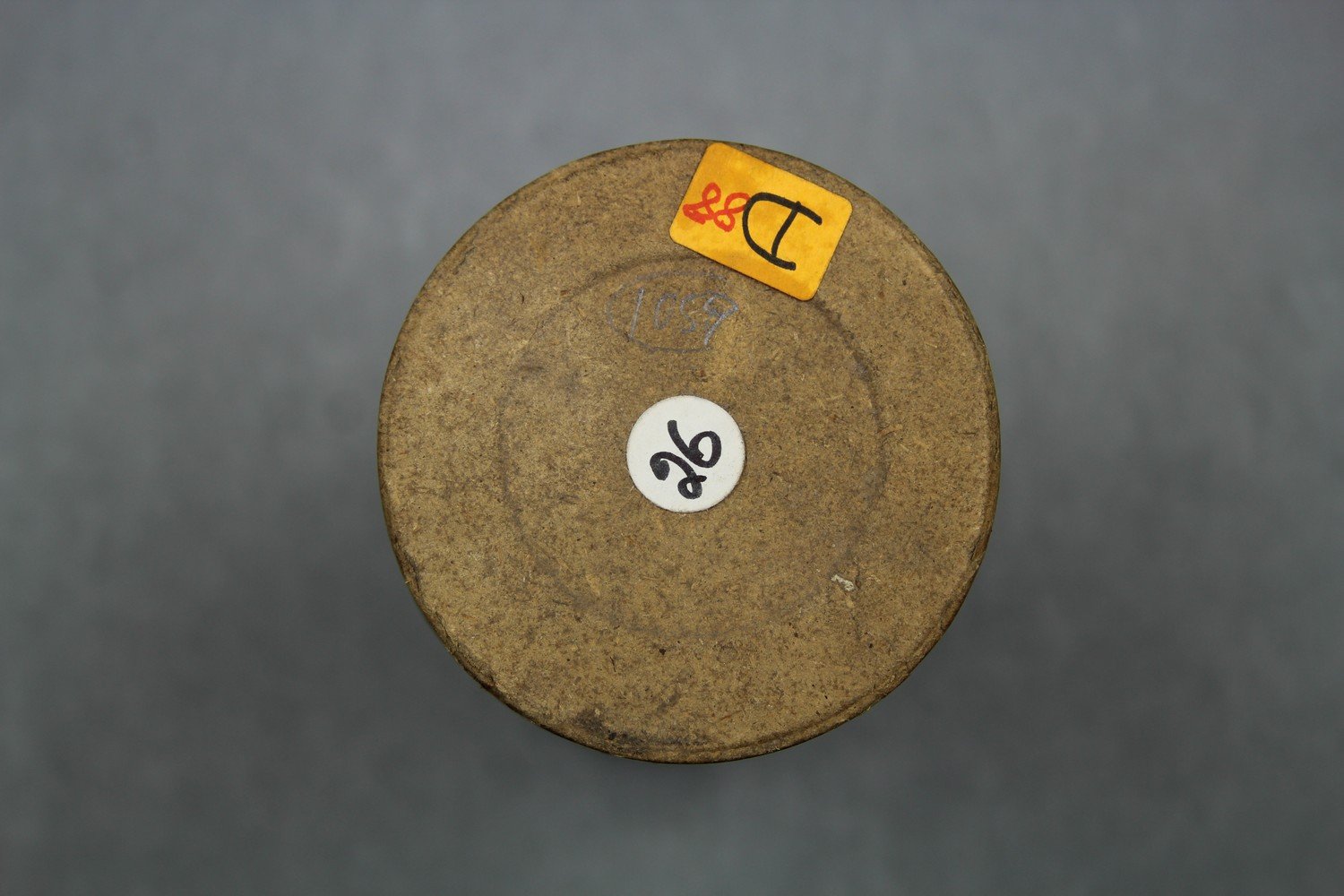 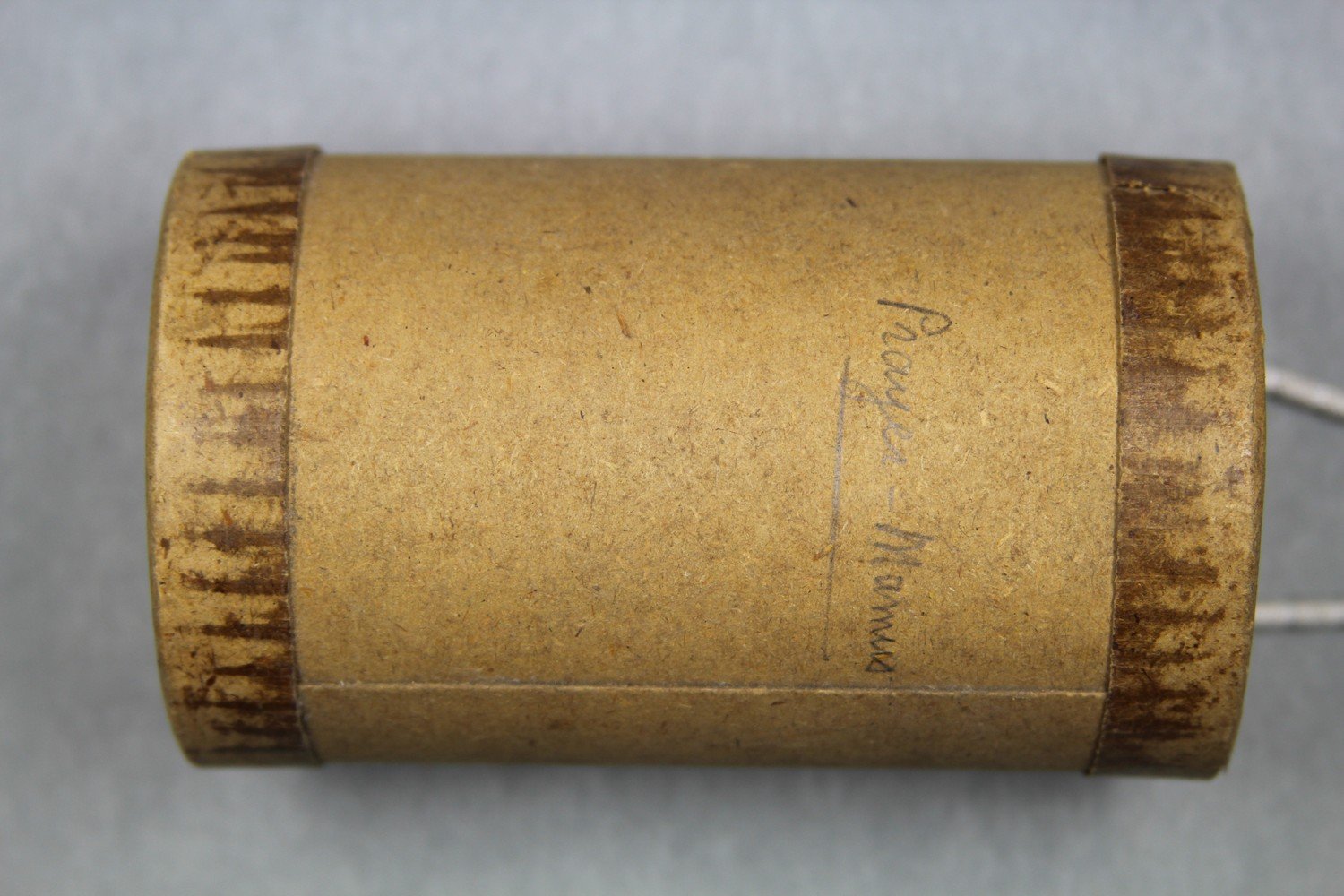 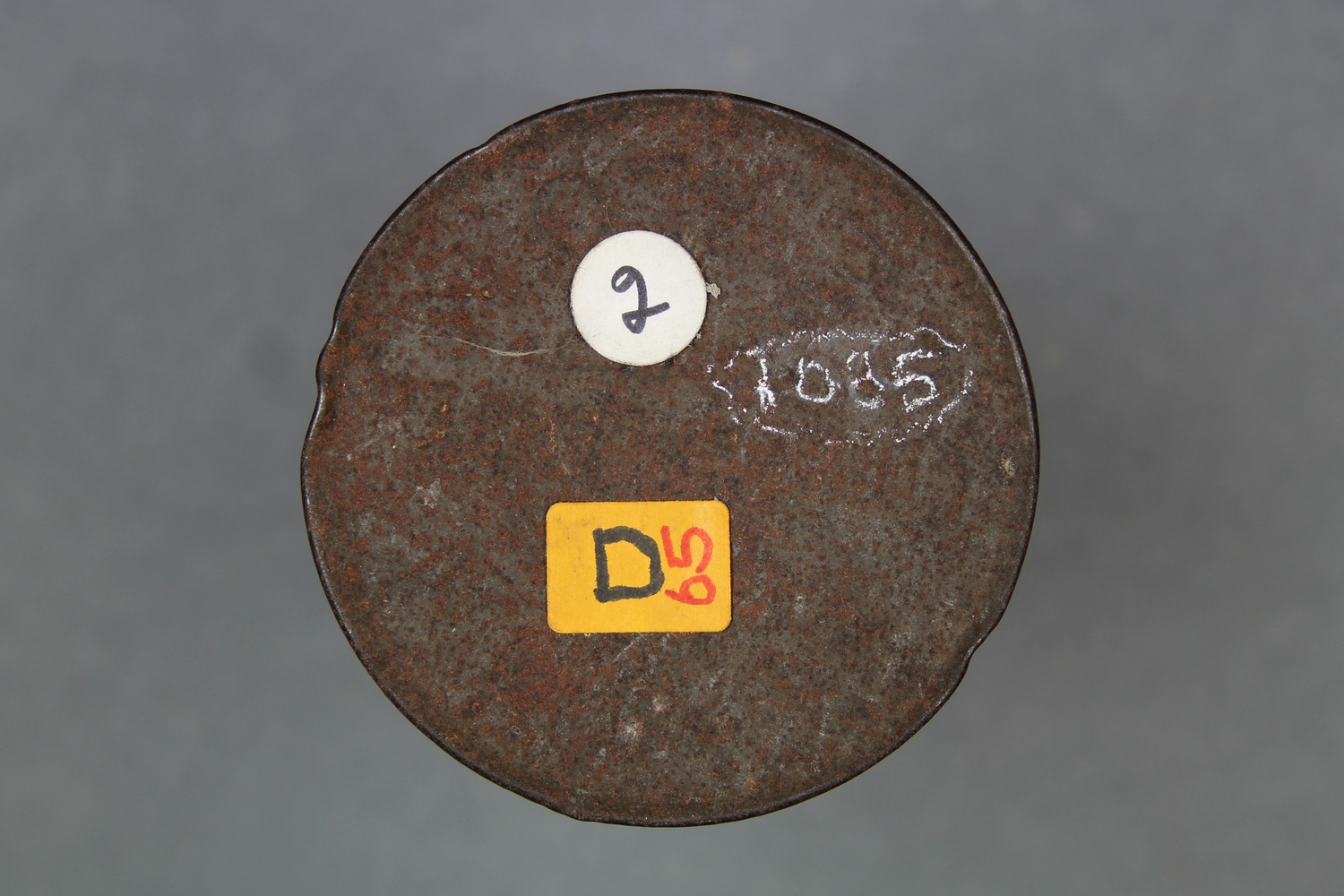    | Ray, S.H. 1898-99. Journal: Torres Straits Expedition 1898-99. [manuscript] Copies of journals and correspondence of Sidney Herbert Ray. MS 380314. London: SOAS Library. | ||||||
| C80/1067 | Songs about kwoiam | Gizu (singer, male) ? | Mabuiag / Jervis Island, Torres Strait Islands | 7 October 1898 ? | 1. Announcement: "Ur kawar. Songs about kwoiam by Gizu [?]." 2. Unaccompanied male vocal solo. Inscription on insert note: 'Songs - Kwoiam / Ur Kawar - bo / 32 T.S.'. This recording corresponds to Charles S. Myers' Mabuiag: Song XIII. Songs XI (C80/1072) and XIII are ‘presumably oldest’ and are ‘distinctly simpler in character than the others of the Mabuiag group’ (Myers 1912:263). Analysis and text in Myers (1912:253, 269). Possible notation in Myers (1912:262). Ray did not know the age of these songs but surmised they must be old. Song XIII = ‘Sea and island – song from Kwoiam’ (Myers 1912:262). Haddon mentions the Pibi kap or "Kwoiam's dance" (1901:131). This was a war dance that was performed after a successful fight. Haddon describes the dress of the performers as well as the dance itself. ‘The Saga of Kwoiam’ is given in Haddon (1904:67-83. 110-111, 117-118). The Cult of Kwoiam is described in Haddon and Wilkin (1904:367-373) and Haddon (1935:380-385). Ray notes that he recorded two songs ('Good records') by Gizu on 7 October 1898 (Ray 1898:89). | Reasonable quality recording but with surface noise. Ray mentions in his journal that he recorded two songs by Gizu on 7 October (1898:89). These may include C80/1067, 1072 or 1081. From Alice Moyle's 1985 audition sheets: Noted as 32 T.S. in the audition sheet, not C32 [European band music]. | Kala Lagaw Ya | Field recordings | Ray, Sidney H. | 2'15" | 1898 Cambridge Anthropological Expedition to Torres Straits | Brown wax cylinder. Metal cylinder case. | Alfred Cort Haddon 1898 Expedition (Torres Strait and British New Guinea) Cylinder Collection | British Library | 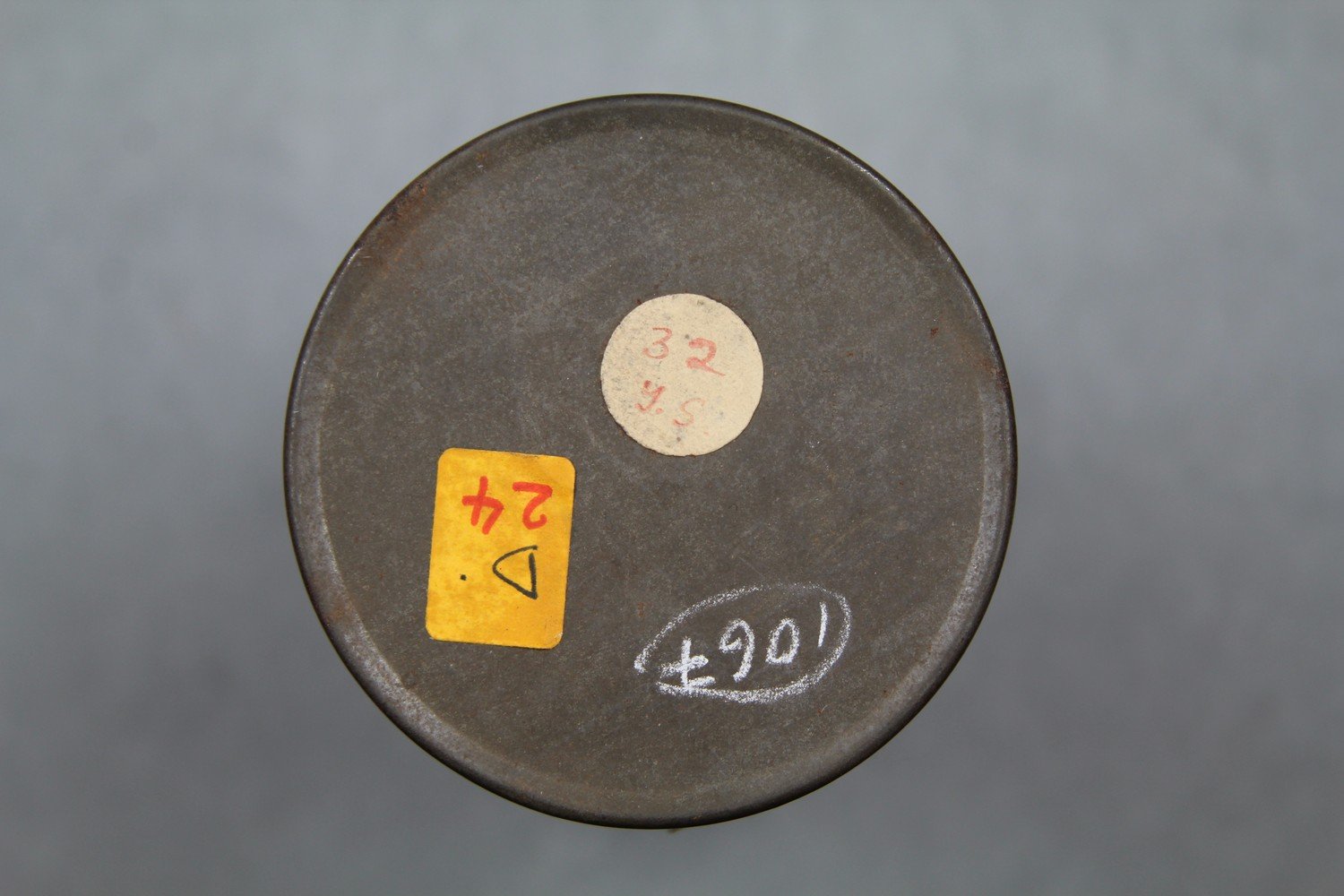 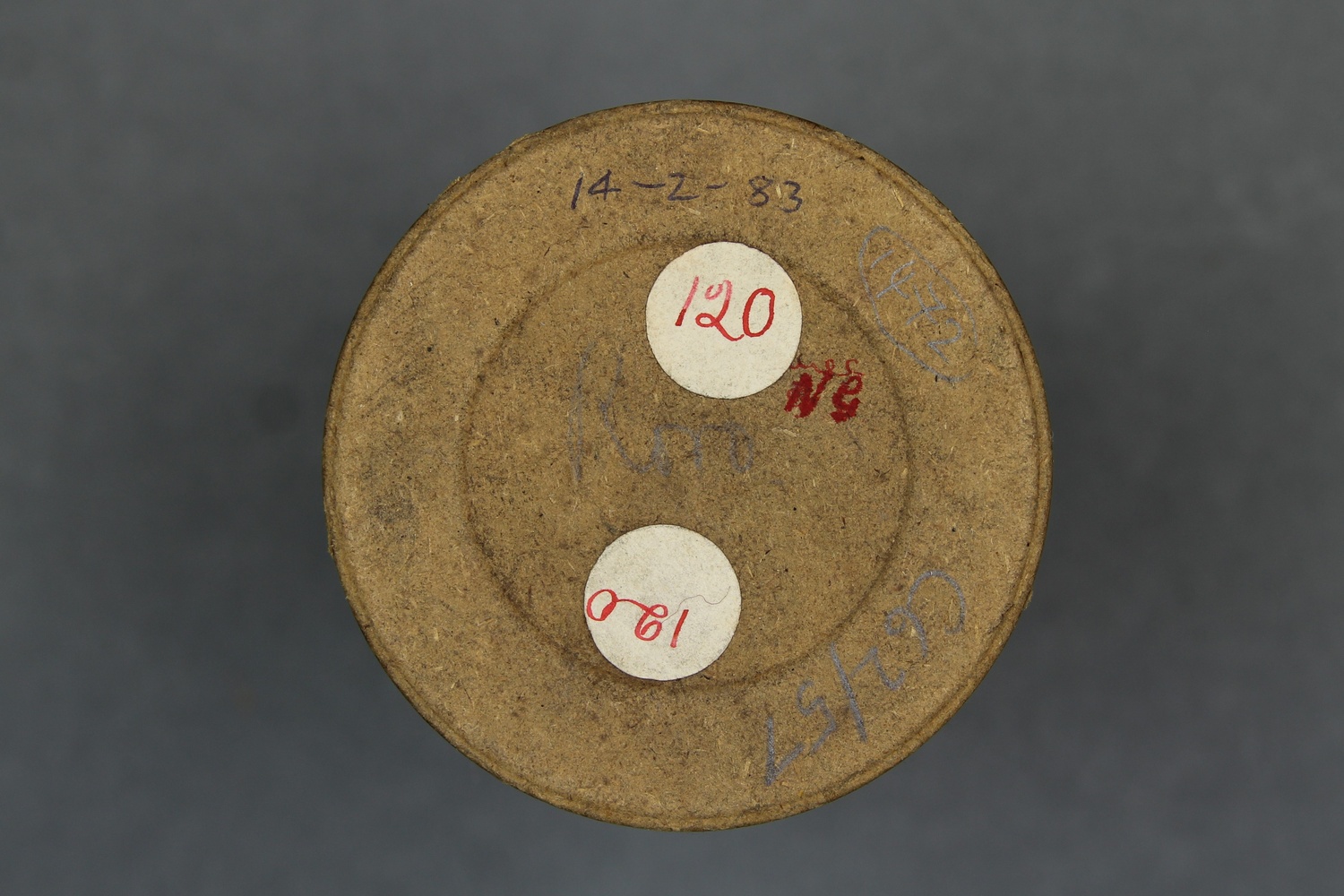     | Ray, S.H. 1898-99. Journal: Torres Straits Expedition 1898-99. [manuscript] Copies of journals and correspondence of Sidney Herbert Ray. MS 380314. London: SOAS Library. | Haddon, A.C. 1901. Head-Hunters. Black, White and Brown. London: Metheun & Co. General Reference Collection 010055.e.28. | Haddon, A.C. (ed.) 1904. Reports of the Cambridge Anthropological Expedition to Torres Strait: Volume V, Sociology, Magic and Religion of the Western Islanders. Cambridge: Cambridge University Press. British Library shelfmark General Reference Collection YC.2011.b.633. | Haddon, A.C. (ed.) 1912. Reports of the Cambridge Anthropological Expedition to Torres Strait: Volume IV, Arts and Crafts. Cambridge: Cambridge University Press. British Library shelfmark General Reference Collection YC.2011.b.634. | Haddon, A.C. (ed.) 1935. Reports of the Cambridge Anthropological Expedition to Torres Strait: Volume I, General Ethnography. Cambridge: Cambridge University Press. British Library shelfmark General Reference Collection YC.2011.b.630. | Alice Moyle (AIAS, now AIATSIS) completed audition sheets for the Torres Strait cylinder collection in 1985. Copies of these are held at the British Library. | |
| C80/1069 | Ngata kabaunau pudaiki | Peter (singer, male) | Mabuiag / Jervis Island, Torres Strait Islands | 3 October 1898 – 22 October 1898 | 1. Announcement: "Ngata kbaunau pidaiki, sung by Pita, Mabuiag." 2. Unaccompanied male vocal solo. Inscription on insert notes: 'Ngata kabaunau pudaiki / Pita / 53 T.S.'. This recording corresponds to Charles S. Myers' Mabuiag Song III. Songs III and IV (C80/1070) are described as ‘dance songs’ (Myers 1912:264). Notation, words and translation in Myers (1912:262, 269). ‘The secular dance par excellence throughout Torres Straits was called kab (kab eri = to dance). These dances had mostly a cyclic form. They started with a sung prelude in moderate tempo. Then followed a chant with a descending chromatic line with faster drumbeats while the dancers approached from behind the waus i.e., the grass screen behind which they prepared for the dance.” (Laade 1977:1). According to Ray (1907), ngata may mean ‘clean’ or the 1SG pronoun 'I'. kab(a) is ‘a dance’ and nau-puidai ‘to sing’. | Good quality recording with strong signal. The recording date corresponds to the dates that Expedition members visited Mabuiag / Jervis Island. Ray mentions his work with Peter in journal entries from 15 to 18 October 1898. This involved language work and producing recordings using the phonograph (1898:89-90). | Kala Lagaw Ya | Field recordings | Ray, Sidney H. | 2'13" | 1898 Cambridge Anthropological Expedition to Torres Straits | Brown wax cylinder. Metal cylinder case. | Alfred Cort Haddon 1898 Expedition (Torres Strait and British New Guinea) Cylinder Collection | British Library |       | Ray, S.H. 1898-99. Journal: Torres Straits Expedition 1898-99. [manuscript] Copies of journals and correspondence of Sidney Herbert Ray. MS 380314. London: SOAS Library. | Haddon, A.C. (ed.) 1907. Reports of the Cambridge Anthropological Expedition to Torres Strait: Volume III, The Languages of Torres Strait. Cambridge: Cambridge University Press. British Library shelfmark General Reference Collection YC.2011.b.631. | Haddon, A.C. (ed.) 1912. Reports of the Cambridge Anthropological Expedition to Torres Strait: Volume IV, Arts and Crafts. Cambridge: Cambridge University Press. British Library shelfmark General Reference Collection YC.2011.b.634. | Laade, Wolfgang. 1977. Traditional Songs of the Western Torres Straits, South Pacific. Folkways Records Album No. FE 4025 [sleeve notes] New York: Folkways Records. British Library Sound Archive shelfmark 1LP0083172. See http://www.si.edu/folkways | |||
| C80/1074 | Mabuiag Song | Peter (singer, male) | Mabuiag / Jervis Island, Torres Strait Islands | 3 October 1898 – 22 October 1898 | 1. Announcement: "Mabuiag song, by Pita." 2. Unaccompanied male vocal solo. This recording corresponds to Charles S. Myers' Mabuiag Song XIV. Possible notation in Myers (1912:263) and further discussion on p. 264. Words and translation provided in Myers (1912:269). Wooden madub are ritual objects placed in gardens to ensure successful crops. Usually representing a man but sometimes women (Haddon 1935:358). The madub of Mabuiag are discussed in Haddon, Seligmann and Wilkin (1904:345-347). | Good quality recording with strong signal but some speed fluctuation. The recording date corresponds to the dates that Expedition members visited Mabuiag / Jervis Island. Ray mentions his work with Peter in journal entries from 15 to 18 October 1898. This involved language work and producing recordings using the phonograph (1898:89-90). | Kala Lagaw Ya | Field recordings | Ray, Sidney H. | 2'20" | 1898 Cambridge Anthropological Expedition to Torres Straits | Brown wax cylinder. Metal cylinder case. | Alfred Cort Haddon 1898 Expedition (Torres Strait and British New Guinea) Cylinder Collection | British Library | 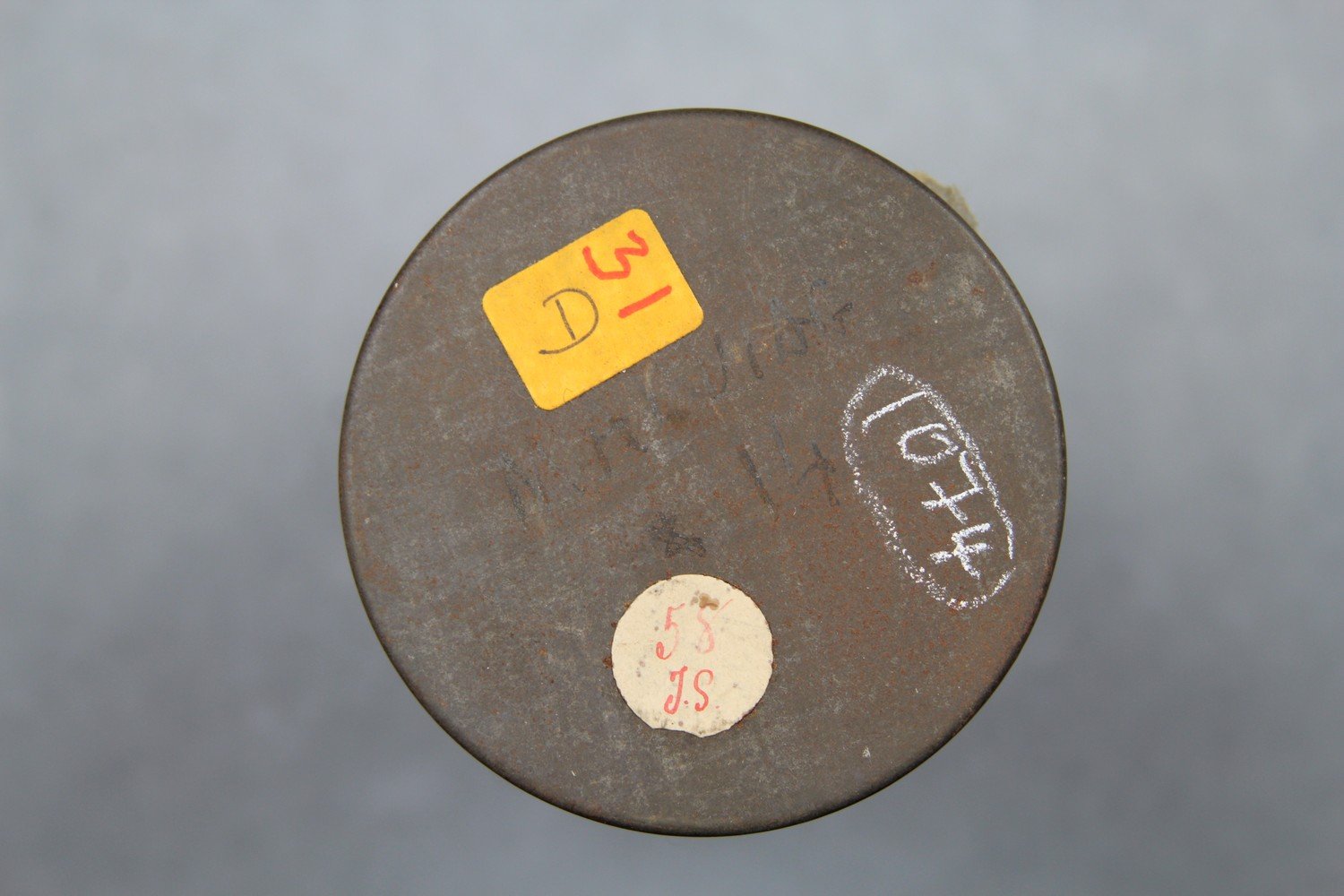     | Ray, S.H. 1898-99. Journal: Torres Straits Expedition 1898-99. [manuscript] Copies of journals and correspondence of Sidney Herbert Ray. MS 380314. London: SOAS Library. | Haddon, A.C. (ed.) 1904. Reports of the Cambridge Anthropological Expedition to Torres Strait: Volume V, Sociology, Magic and Religion of the Western Islanders. Cambridge: Cambridge University Press. British Library shelfmark General Reference Collection YC.2011.b.633. | Haddon, A.C. (ed.) 1912. Reports of the Cambridge Anthropological Expedition to Torres Strait: Volume IV, Arts and Crafts. Cambridge: Cambridge University Press. British Library shelfmark General Reference Collection YC.2011.b.634. | Haddon, A.C. (ed.) 1935. Reports of the Cambridge Anthropological Expedition to Torres Strait: Volume I, General Ethnography. Cambridge: Cambridge University Press. British Library shelfmark General Reference Collection YC.2011.b.630. | |||
| C80/1081 | Korara kwiku puidaik | Gizu (singer, male); Maino (singer, male, Mamoose of Tudu / Warrior Islet and Iama / Yam Island) | Torres Strait Islands | 3 October 1898 – 22 October 1898 | 1. Announcement: "Korara kwiku puidaik, sung by Gizu." 2. Unaccompanied male vocal solo. 3. "Karara kwiku puidaik, sung by Maino." 4. Unaccompanied male vocal solo [probably retake of 2.]. This recording corresponds to Charles S. Myers' Mabuiag Song IX. Possibly a crocodile mask dance belonging to the Kodal augad or crocodile clan. A version of the 'kulai kuiku kab' or ‘crocodile dance’ is in Laade (1977:4). Ray noted that 'kora' [Tudu dialect] corresponds to 'kodal' ‘crocodile’. 'kuik(u), kwik' translates to ‘head’. 'Nau-puidai' translates 'to sing' (Ray 1907:38). The term 'mariget' translates to 'ghost hand', a 'decreed individual' who 'takes on the role of primary organiser and planner' following a death in the community e.g. announcements, funeral planning. (Fitzpatrick (2000) 1.6 Tombstone ceremonies: Identity and political integration, pg. 37). Two individuals with the name Mariget (also known as Sandy or Waime) are noted in the Mabuiag genealogies (Rivers Vol V Tables 2A and 3A 1904:125). Men would exchange names with each other (and sometimes their wives and children too). Mariget is also mentioned in Vol IV (1912:xiv;221). Inscription on insert notes: 'Korara kwiku puidaik / by Gizu Mariget. / 65 T.S.' There does not seem to be evidence that Gizu and Maino were in the same location with Ray during the 1898 Cambridge Expedition. Gizu was recorded on Mabuiag. The two tracks may have been recorded on separate occasions. | Reasonable quality recording with strong signal but also some speed fluctuation. As no specific recording location has been identified, the recording date range is based on when any members of the Cambridge Expedition were present in the Torres Strait in 1898. Ray notes that he recorded two songs ('Good records') by Gizu on 7 October 1898 (Ray 1898:89). These may be C80/1072 and 1081, or possibly C80/1067. | Kala Lagaw Ya (Possibly Kulkalgaw Ya, a variety of Kala Lagaw Ya, spoken on Iama / Yam Island. Maino, one of the performers, was the Mamoose of Tudu / Warrior Islet and Iama / Yam Island.) | Field recordings | Ray, Sidney H. | 2'20" | 1898 Cambridge Anthropological Expedition to Torres Straits | Brown wax cylinder. Metal cylinder case. | Alfred Cort Haddon 1898 Expedition (Torres Strait and British New Guinea) Cylinder Collection | British Library | 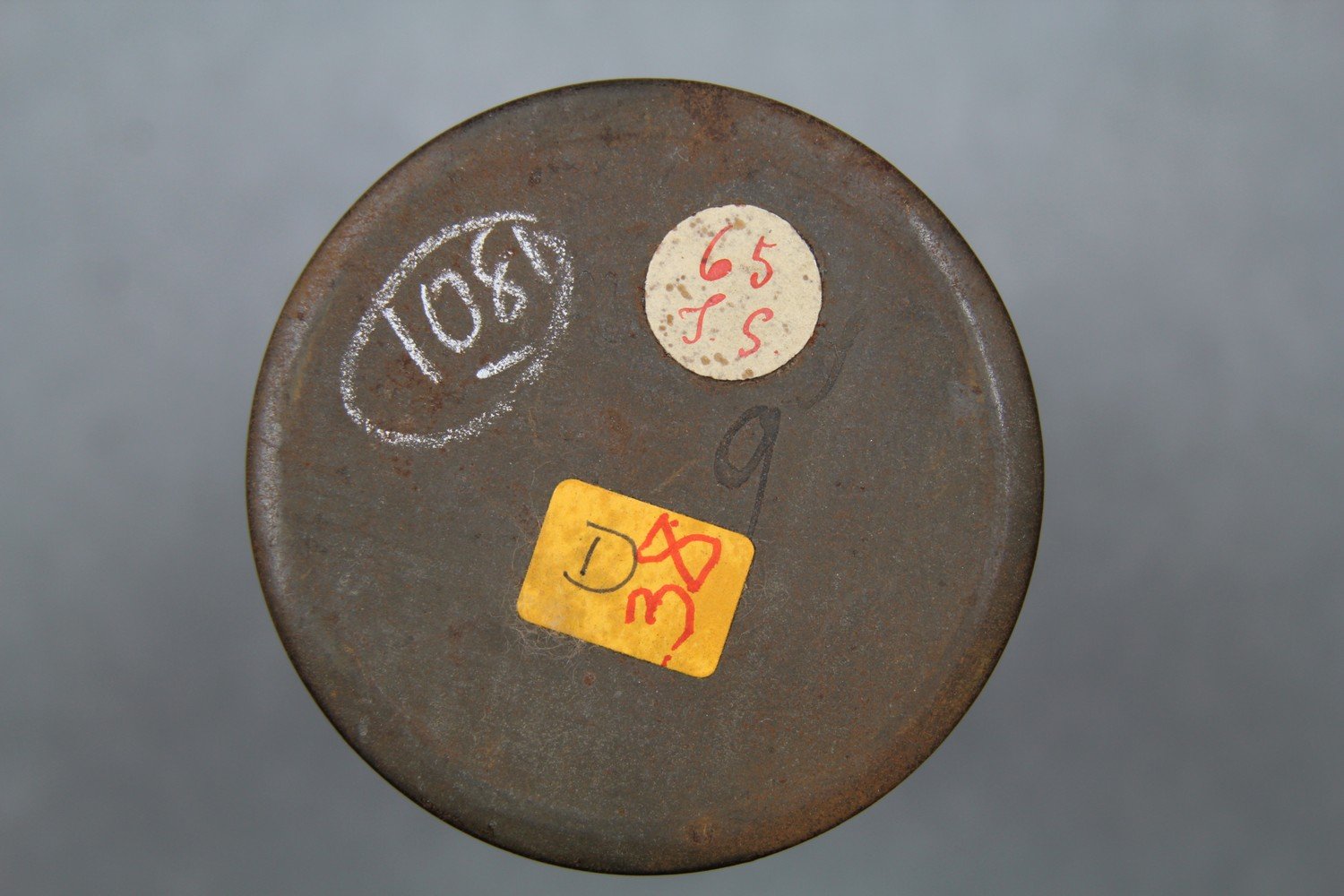 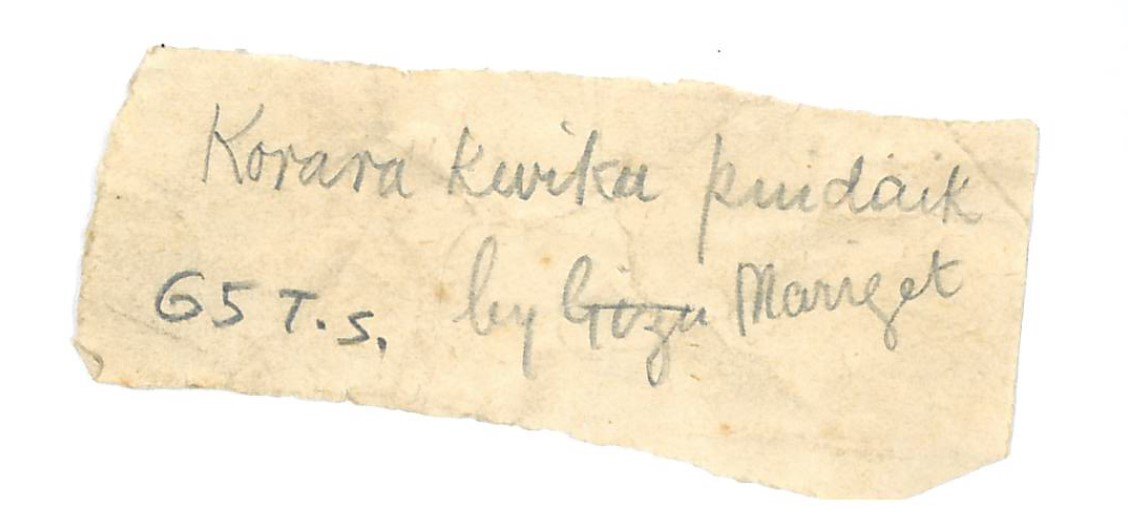     | Ray, S.H. 1898-99. Journal: Torres Straits Expedition 1898-99. [manuscript] Copies of journals and correspondence of Sidney Herbert Ray. MS 380314. London: SOAS Library. | Haddon, A.C. (ed.) 1907. Reports of the Cambridge Anthropological Expedition to Torres Strait: Volume III, The Languages of Torres Strait. Cambridge: Cambridge University Press. British Library shelfmark General Reference Collection YC.2011.b.631. | Laade, Wolfgang. 1977. Traditional Songs of the Western Torres Straits, South Pacific. Folkways Records Album No. FE 4025 [sleeve notes] New York: Folkways Records. British Library Sound Archive shelfmark 1LP0083172. See http://www.si.edu/folkways |
